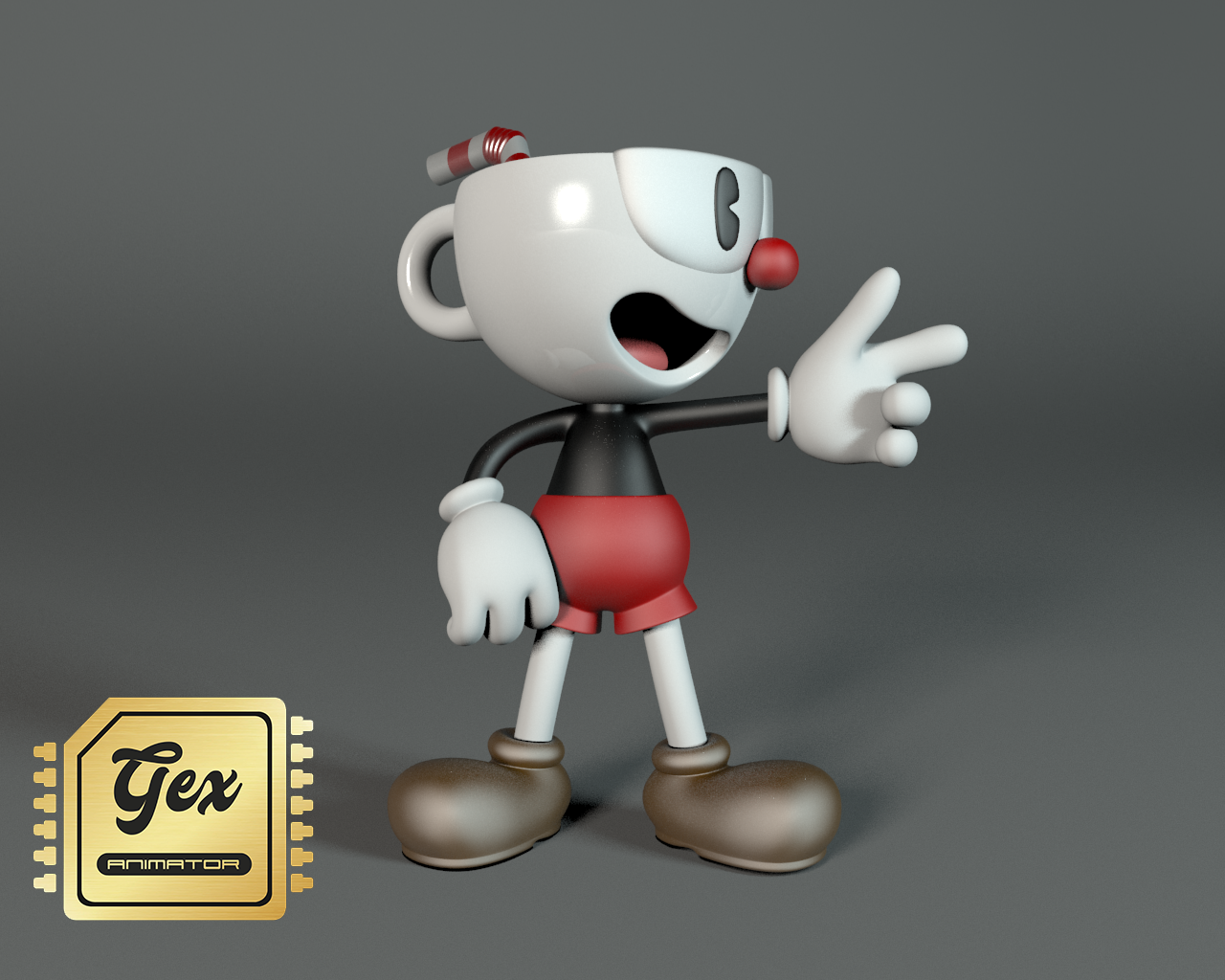

The brilliant and genuinely unsettling Fleischer short Swing You Sinners! (1930) is like a nightmare captured on film. Rubber hose cartoons are famous for their macabre imagination. There are some doozies in this print (owned by Mark Kausler) of the spooky Van Beuren cartoon The Wild Goose Chase (1933). You can also find lots of unusual character designs, particularly in cartoons involving monsters, aliens, and/or unidentifiable mutant creatures. The titular figure in Fleischer Studios’ Mysterious Mose (1930) repeatedly morphs into different characters up until the final “reveal” that makes no sense and explains nothing (which is, of course, why I love it). Inanimate objects frequently come alive and get involved in the action, as seen in the Max Fleischer short Barnacle Bill (1930), starring Bimbo.Ĭharacters can also detach their limbs or heads for the sake of a sight gag, as demonstrated by Oswald the Lucky Rabbit in Broadway Folly (1930).Ĭrazy transformations show up all over the place in these shorts. These cartoons aren’t hindered by dull concepts like realism and internal consistency. For instance, when original Looney Tunes star Bosko gets cornered by a gang of dangerous jungle animals in Congo Jazz (1930), he leads them in a peppy arrangement of “Giving It This and That.” Characters are constantly bobbing up and down to the beat and any prop or body part can be turned into a musical instrument at a moment’s notice. The world of these cartoons is infectiously charming. Look at how beautifully Nolan distorts the characters’ bodies in the Walter Lantz short Henpecked (1930). The man credited with inventing the rubber hose approach is Bill Nolan, who gave rounded flexibility to his animation in the silent Felix the Cat and Krazy Kat shorts. Certain visual motifs, like pie-cut eyes, white gloves, and two-button pants, are associated with these cartoons, but their primary characteristic is bouncy elasticity, which is on overdrive in Betty Boop’s May Party (1933). It’s overflowing with weird ideas and deliciously off-kilter visual fireworks.įor those who aren’t aware, rubber hose animation is the style seen in early sound cartoons where the characters’ bodies squash and stretch like they have no bones and their limbs flop around like noodles. This appears to be a sincere nod to what made the game special, not just an attempt to milk its success and widen its audience.To whet your appetite, we’ll begin with a prime example: the Betty Boop classic Snow White (1933), which was animated from beginning to end by Roland Crandall and features a killer soundtrack by jazz legend Cab Calloway.

It's too early to say if The Cuphead Show will be as popular as some of Netflix's other video game endeavors, but the influence of Studio MDHR creators Chad and Jared Moldenhauer (who helped executive-produce the show) is clear.
#Cuphead cartoon series
The series stars voice acting veterans Tru Valentino and Frank Todaro as Cuphead and Mugman respectively, with Wayne Brady as King Dice. You can also see several of the game's lesser bosses make cameo appearances in the clip. Chalice (from the game's upcoming Delicious Last Course DLC), Elder Kettle and the pig shopkeeper. They'll have to contend with the Devil and King Dice as well as friends that include Ms. The trailer shows Cuphead and his easily-persuaded brother Mugman getting into plenty of trouble by visiting the "Carnevil," among other hijinks. At first glance, fans of the difficult-but-loveable side-scroller don't have much to worry about - Studio MDHR's signature 1930s art style and characters have successfully made the leap, even if this is still a modern cartoon in many respects. Netflix has revealed The Cuphead Show premieres February 18th, and has offered a trailer to show just what you can expect. You won't have to wait as long for Netflix's Cuphead show as you did for the video game.


 0 kommentar(er)
0 kommentar(er)
